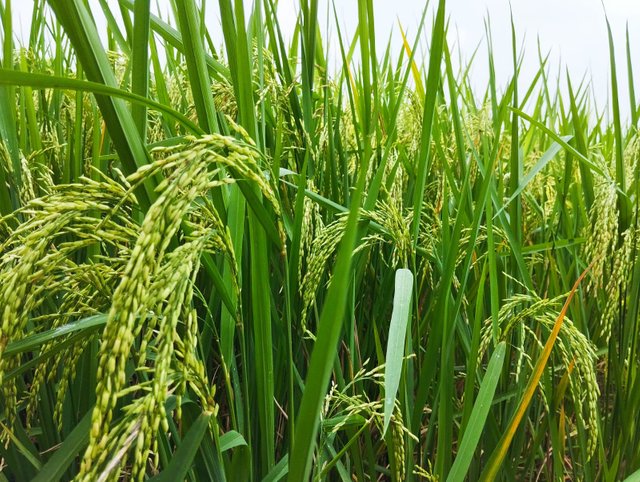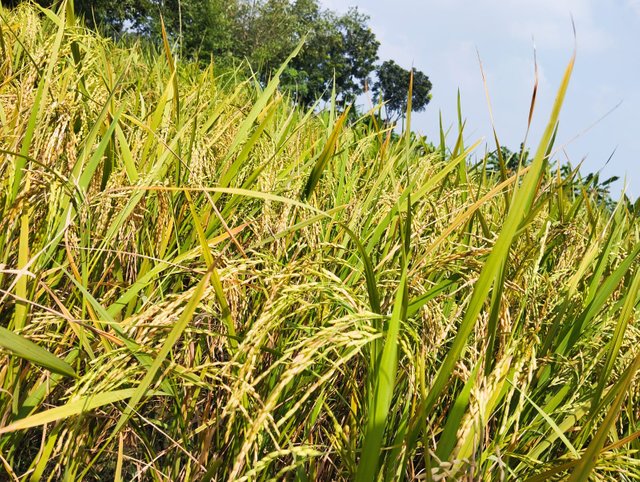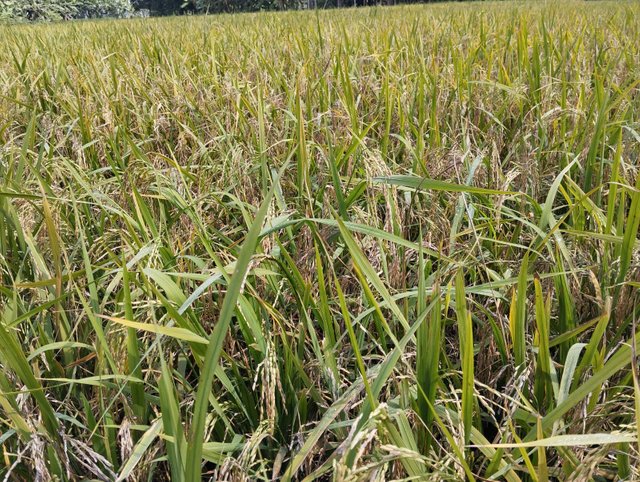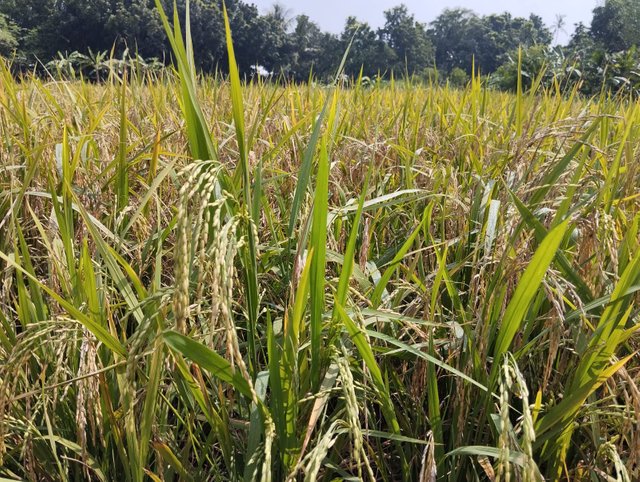
Mix 375 grams of urea fertilizer in ten litres of clean water. Now, stir 10 kg of seeds in that water. Nutritious seeds will sink to the bottom, and unnourished and lighter seeds will float on the water. Remove the floating seeds by hand or sieve. Heavy seeds should be picked up from the bottom and washed 3-4 times in clean water. Mixed water mixed with urea can be used as a fertilizer in the seed bed.

Selected seeds are free from blemish and fertile and usually go well without treatment. However, for treatment, seeds are sterilized by immersing them in hot water at a temperature of 52-55 degrees Celsius for 15 minutes. If the root is free of spots and there is a risk of weevil attack, the source can be treated with a carbendazim-type fungicide. Mix 2-3 grams of fungicide in 1 litre of water well in the field, soak 1 kg of seeds in water and keep stirring for 12 hours. Then, wash the seeds in clean water and drain the water. Thus, treated seeds are placed in a bamboo basket or drum with 2/3 layers of dry straw, and the seed bag is placed on it, and another 2/3 layers of dry straw are well pressed and pressed on it with a brick or any heavy object. If raised this way, good seeds will sprout within 48 hours for the Aush and Aman seasons and 72 hours for the Boro seasons and will be suitable for sowing in the seed bed.

Loam and Atel soils are suitable for seed beds. If the land is infertile, organic fertilizers can be added at 2 kg per square meter. After that, 2/3 of the soil should be tilled with 5-6 cm of water and left with a ladder for 7-10 days. When weeds, straw, etc., rot, the land must be prepared by ploughing and using mud. Now, a 1m wide bed should be made along the length of the land. 25-30 cm space should be left between two beds. Beds should be made with soil on both sides of the designated land. After that, the topsoil should be levelled well, and after 3/4 hours, the seeds should be sown.

80-100 grams of seed should be sown per square meter of bed. After 4/5 days from sowing, birds should be chased away by fencing, and drains should be kept full of water.

During cold flow, covering the seed bed with transparent polythene from 10 am to evening, draining the water in the seedbed in the morning and, adding fresh water again, pouring the accumulated dew on the seedling every morning will protect the rice seedlings from the onset of cold.
Drains should always be kept full of water in the seed bed. Holding 2-3 cm of water on the bed after 4-5 days of germination can control weeds and bird infestation.

What precautions should be taken while picking or carrying seedlings?
The bed's soil should be softened with more water in the seedbed so the roots or stems are not twisted or broken while the seedlings are lifted. Bagged rice seedlings should not be carried in any way.
"Newcomers Community" Achievement Verified Link:
Achievement-1
Photography Details
|
| Device | Redmi Note 12 |
| Location | kumarkhali,kushtia |
| Captured By | @pijushhossain |




Green rice paddies where the eye can see the ceremony of green. Our Bangladesh is a lush green land of unique beauty.Thank you for sharing a nice post with us.
Downvoting a post can decrease pending rewards and make it less visible. Common reasons:
Submit